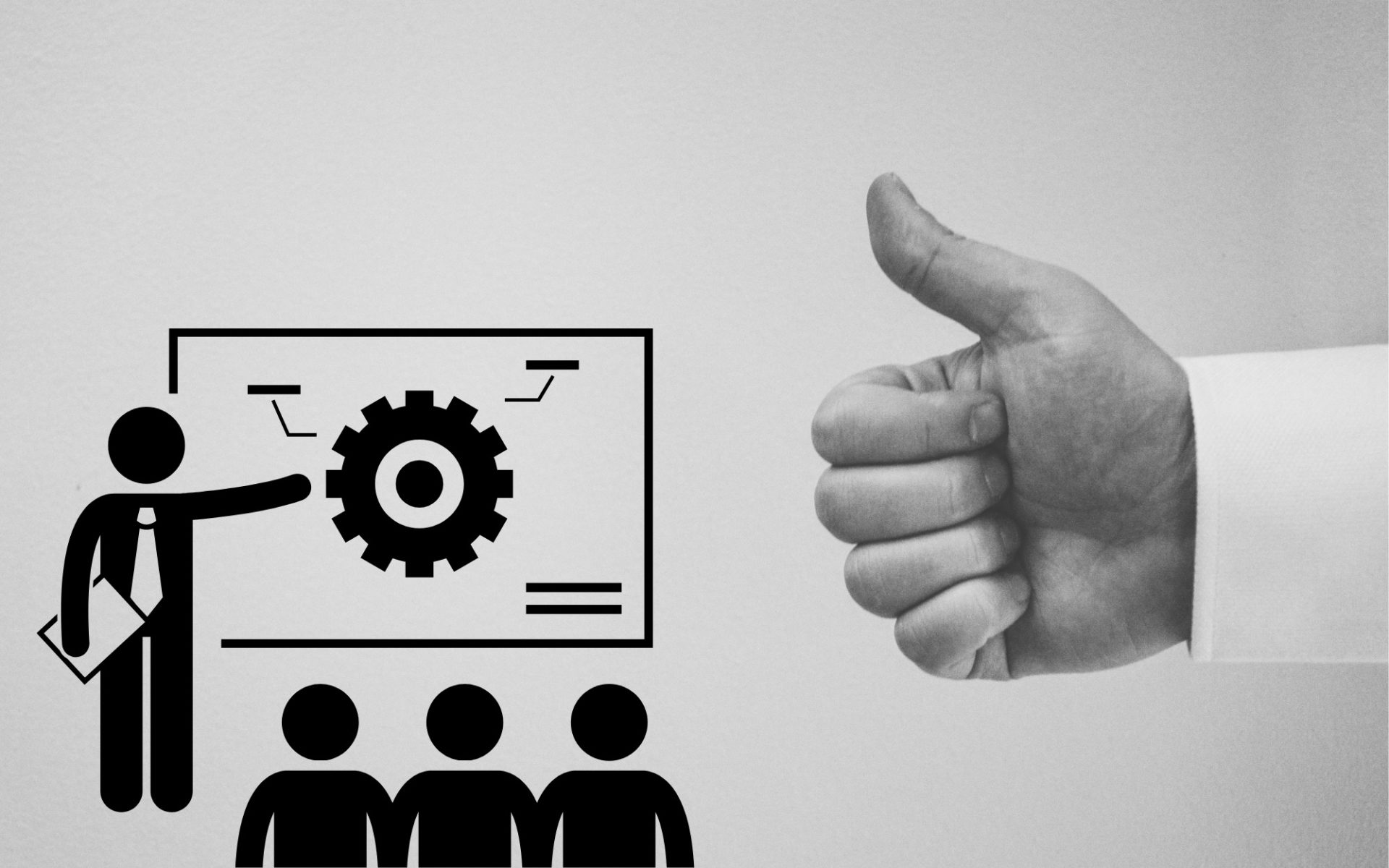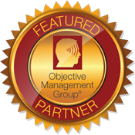There’s no ‘quick fix’ when it comes to improving sales performance. A good sales training strategy requires careful thought and long-term planning – it’s pointless to go looking for a silver bullet.
However, if there is one golden rule that can significantly bolster your training efforts, it’s the 70:20:10
The 70:20:10 learning and development model is internationally recognised as a leading authority on training. Launched in the 1980s by researchers from the Center for Creative Leadership, this framework acts as a guide for any organisation that wants to improve its training strategy.
So what is the 70:20:10 model, and how can you apply this to your business?
Understanding the 70:20:10 model
This model is based on the theory that people learn in three main ways: through ‘Experiential/Experience’ (70 percent), ‘Social/Exposure’ (20 per cent) and ‘Formal/Education’ (10 per cent).
According to the 70:20:10 website, the definitions for each type of learning are as follows:
Experiential/Experience: “learning and developing through day-to-day tasks, challenges and practice”.
Social/Exposure: “learning and developing with and through others from coaching, exploiting personal networks and other collaborative and cooperative actions.”
Formal/Education: “learning and developing through structured courses and programs.”
The 70:20:10 breakdown might surprise you. Most businesses invest heavily into formal training programmes, but
this only makes up 10 per cent of learning. Formal training is still important – but only when implemented in harmony with Experience and Exposure.
Think about your training strategy. Does it align with the 70:20:10 framework, or are you over-investing in the wrong area? Does ‘Formal/Education’ look more like the 70 per cent than the 10 per cent?
Emphasise the 70 and 20
The 70:20:10 Forum acknowledges that businesses need to start putting more thought into Experiential/Experience and Social/Exposure if they want to see true change.
“We need to extend beyond the ‘10’ and exploit the ‘20’ and ‘70’ if we are to meet the requirements of our senior executives, our managers and our HR leaders,” this article states.
For many, this requires a shift in thinking. Classroom-style ‘formal’ learning has dominated the training landscape for so long, that at first spending less time and money on structured courses feels counterintuitive. But this model probably confirms what you have known all along; that sending your staff on courses doesn’t always have a long-term impact on their performance.
The 70:20:10 model has stood the test of time because it doesn’t take any shortcuts. It’s based on sound research and practical observation – not gut feeling or informal training. When looking for a training provider, try to choose one that has a solid understanding of the 70:20:10 framework and can help you implement it within your business. There’s a reason so many organisations are advocates of this model – it really does work.









